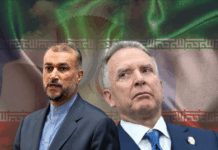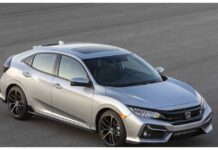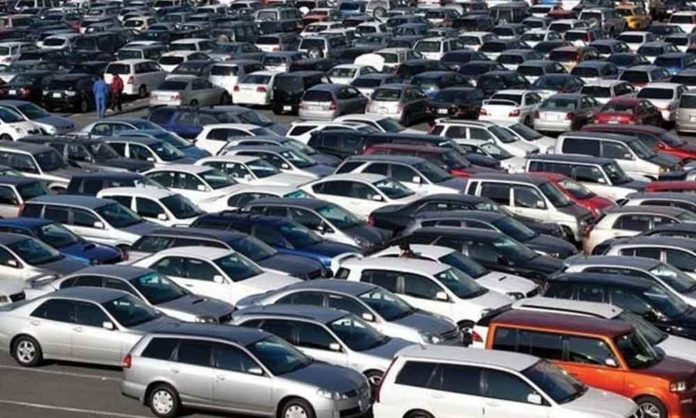The auto industry has sold the highest number of cars between July 2021 and June 2022 after sales increased by 54% to 279,267 units.
The fiscal year 2022 started after the previous year (FY2021) was affected by the corona-virus pandemic. This year saw the economy recover. The demand for cars remained under pressure since 2019 and after three years of reduced demand and supply issues – people thronged to buy cars.
Moreover, the low interest rate at 7%, which was reduced in response to the negative growth for the time in history, made auto financing an attractive deal.
The year FY2022 started with another positive news for the auto industry – the government reduced Federal Excise Duty (FED) across the board by 2.5% and also reduced additional custom duty. Sales tax was also reduced on cars below engine size of 1000cc.
These incentives given by the government saw the cost of buying a car reduce for the first time in history in the country.
The government said it was trying to provide cheap entry (small engine size cars such as 660cc Alto and 1000cc Picanto) to common people while helping industry reach economies of scale to make it feasible for them to localize more.
However, the increasing exchange rates and increasing international commodities price forced car companies to increase car prices. The government did not like this and reverted incentives given to the industry in the mini-budget in January.
Earlier in September 2021, the State Bank also seeing the economy overheating put restrictions on auto-financing to reduce rising demand for cars. It put the maximum limit of loan amount to Rs3 million. Among the restrictions, one was that it reduced the tenure of repayment of loan to five years from seven for cars having engine size above 1000cc.
However, the industry sales continue to show growth as rupee’s perilous journey continued as it devalued below Rs200 and car assemblers continued to jack up car prices now and then.
People tend to buy cars more as they fear that prices would go up. If they don’t buy now, they will have to pay more in the near future. This speculation in the market kept up the demand for cars up post State Bank restrictions, reversal of the tax incentives in the mini-budget and later significant hike in the interest rates, which increased to 15% from 7% when the fiscal year 2022 started.
Experts say the first quarter of the fiscal year will see car sales steady but after that, the sales will drop. Overall, increasing car prices, inflation, which reduce buying power, State Bank restrictions on auto financing, high interest rates, restrictions on import of car parts by the government (hindrance in opening letter of credit for import of auto parts) will reduce car sales in fiscal year 2023.
Industry sources say they expect car sales to decline by more than 30%. If they are predicting industry trends well, then the fiscal year 2023 would see car volumes dropping below 200,000 units.



































